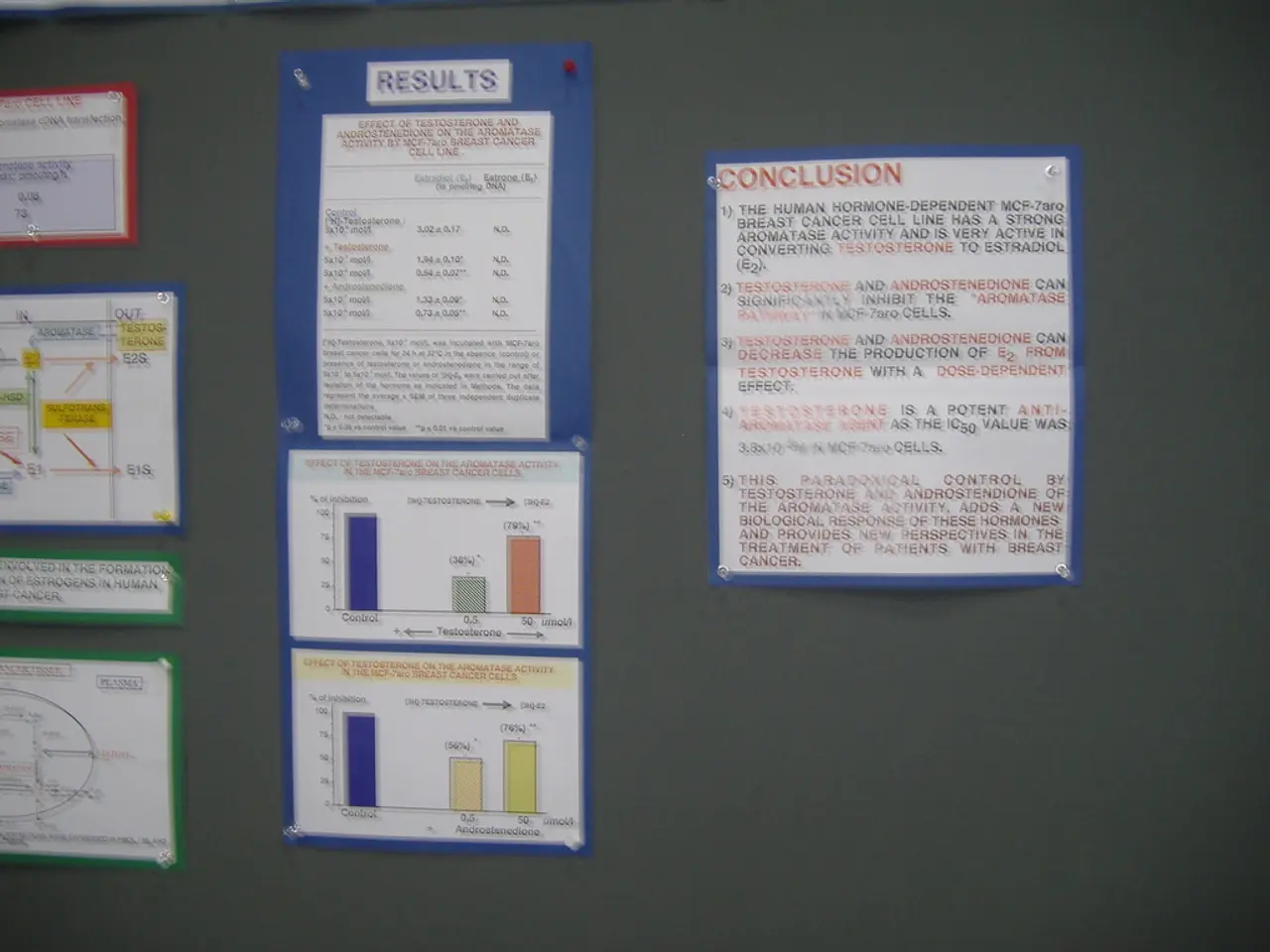Bank mergers and acquisitions are now underway, marking a new phase in the financial sector.
In the banking industry, there's a noticeable shift towards increased mergers and acquisitions (M&A) activity, with regulatory easing and policy changes under the second Trump administration playing a significant role.
The Federal Reserve and Office of the Comptroller of the Currency have recently approved the Capital One-Discover deal, indicating that bank mergers and acquisitions are now possible under this administration. This approval is seen as a catalyst for more M&A activity, according to Christopher Olsen, managing partner and co-founder of investment-banking firm Olsen Palmer.
One of the key drivers of this regulatory easing is the softening of the "well managed" criteria for banks by the Federal Reserve. This relaxation makes it easier for banks to qualify for merger approval. Additionally, the Trump administration has issued executive orders and policies aimed at eliminating unnecessary regulatory burdens on banks, streamlining processes, and facilitating investment.
These measures contribute to faster, more predictable merger approvals by easing regulatory scrutiny and accelerating federal review timelines. For instance, Columbia Banking System's $2 billion all-stock deal to buy Pacific Premier Bank marked a significant move in the banking industry, with the deal expected to close in the second half of this year.
However, mergers and acquisitions still face pitfalls. Bank valuations potentially affecting the ease of deals with a cash component is one such challenge. For example, the $5.2 billion merger between Columbia and Umpqua Bank took more than 16 months to close, less than two weeks before the failures of Silvergate, Signature, and Silicon Valley Bank.
Smaller deals and transactions are also occurring in various states, such as Pennsylvania, Tennessee, St. Louis, Arizona, and Kansas. Boston-based Eastern Bank has announced a merger with in-state competitor HarborOne in a $490 million cash-and-stock deal. Similarly, Evansville, Indiana-based Old National expects its $1.4 billion acquisition of Bremer Bank to close on May 1.
In some cases, longer timelines for approvals can't be helped, as seen with Columbia's Umpqua deal which had an 11-month Justice Department investigation. However, Stein, CEO of Columbia, characterized the current M&A environment as more "conducive" compared to the Umpqua integration.
The FDIC Acting Chair Travis Hill has prioritized more timely bank merger approvals, which is a positive sign for the industry. The Capital One-Discover deal awaited regulator approval for 14 months, likely out of caution for its size and potential impact. But Stein stated that there is a body of evidence that deals are getting approved quicker for banks of Columbia's size or larger.
In conclusion, the second Trump administration's deregulatory approach and administrative streamlining have created a more favorable environment for bank consolidation, leading to faster, more predictable merger approvals and increased M&A activity in the banking sector.
In light of the Federal Reserve's relaxation of the "well managed" criteria, more bank mergers and acquisitions (M&A) are likely to occur, given the faster and more predictable approval process. For instance, the Capital One-Discover deal, which received approval, could serve as a catalyst for further M&A activity in the finance industry.
The streamlining of processes and elimination of unnecessary regulatory burdens by the Trump administration have contributed to eased regulatory scrutiny and accelerated federal review timelines, making it conducive for business consolidation in the industry.





